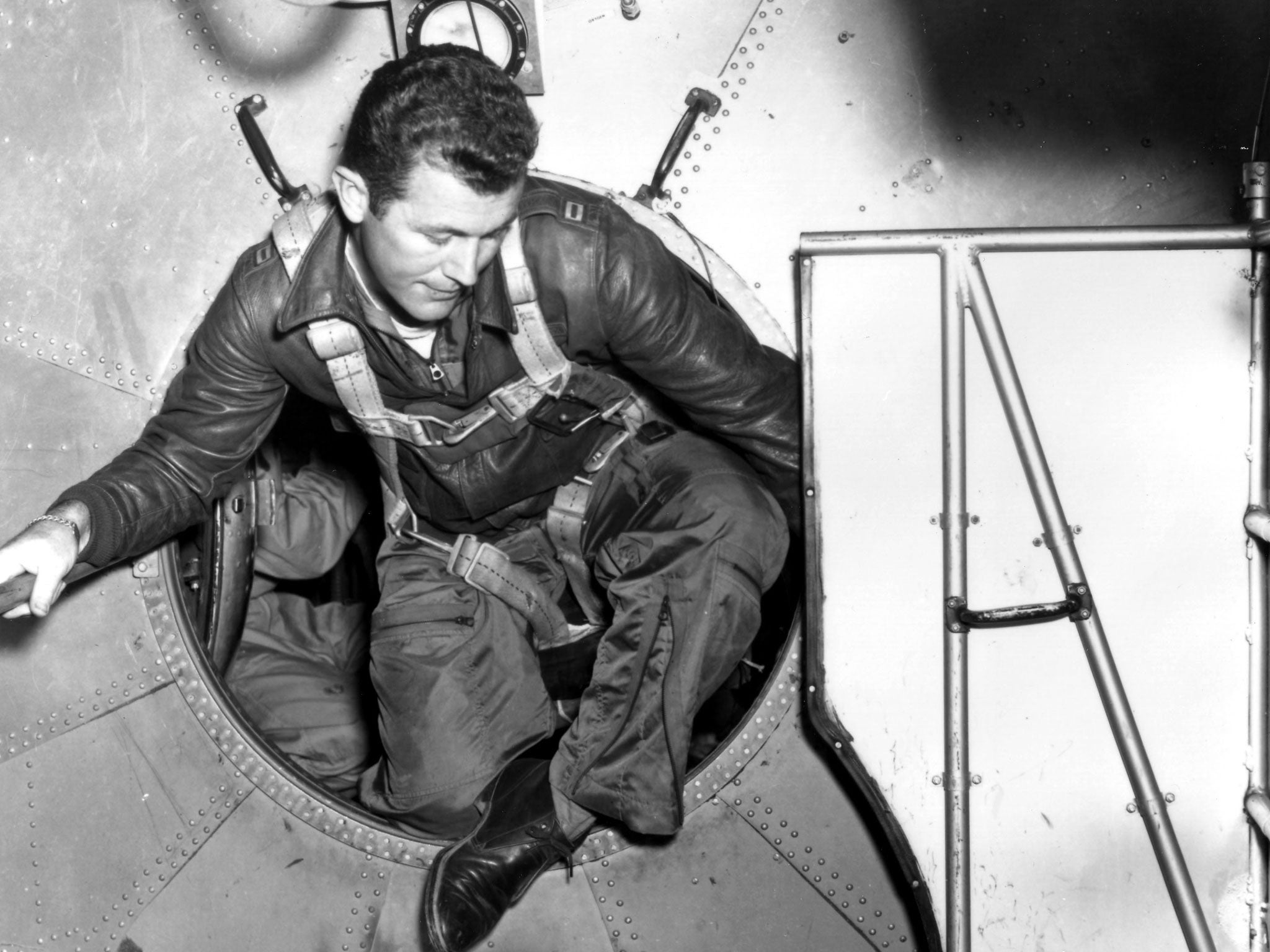Chuck Yeager: The living emblem of a magical age of American aerospace
Rupert Cornwell on the embodiment of 'the right stuff', 93 today

Your support helps us to tell the story
From reproductive rights to climate change to Big Tech, The Independent is on the ground when the story is developing. Whether it's investigating the financials of Elon Musk's pro-Trump PAC or producing our latest documentary, 'The A Word', which shines a light on the American women fighting for reproductive rights, we know how important it is to parse out the facts from the messaging.
At such a critical moment in US history, we need reporters on the ground. Your donation allows us to keep sending journalists to speak to both sides of the story.
The Independent is trusted by Americans across the entire political spectrum. And unlike many other quality news outlets, we choose not to lock Americans out of our reporting and analysis with paywalls. We believe quality journalism should be available to everyone, paid for by those who can afford it.
Your support makes all the difference.American originals don't come more original than Chuck Yeager. Even for those whose parents weren't born when he was rewriting the aviation record books, the name rings a bell. Wasn't he the guy who first smashed the sound barrier – something to do with Tom Wolfe's The Right Stuff?
He was indeed. But Yeager (now retired Brigadier General Yeager) is far more besides: the living emblem of that magical age of American aerospace just after the Second World War, when Edwards Air Force Base in California was a laboratory, where one exotic prototype after another tested, and often expanded, the limits of human flight.
Yeager, who had excelled as a fighter ace, entered the history books on 14 October 1947 when he piloted the experimental Bell X-1 rocket-powered aircraft – drop-launched from a modified B-29 Stratofortress – at a speed of Mach 1.06. Later he upped his own record to Mach 2.44, served in post-war Europe, and led fighter wings over Vietnam. And the derring-do was packaged in an effortless cool, scoffing at danger and downplaying his achievements in that reassuring, no-fuss drawl of his native West Virginia, mimicked by many US commercial airline pilots to this day.
When Wolfe wrote his 1979 bestseller about the post-war test pilots and the first Nasa astronauts – which in 1983 was made into a film – Yeager, the most admired of them all, was the natural model. Having never been to college, he was ineligible for the space programme itself. But more than any, he had "the right stuff" – the courage and skills needed for such dangerous work. Yeager, Wolfe memorably wrote, was "the most righteous of all the possessors of the right stuff." He still is.
Join our commenting forum
Join thought-provoking conversations, follow other Independent readers and see their replies
Comments